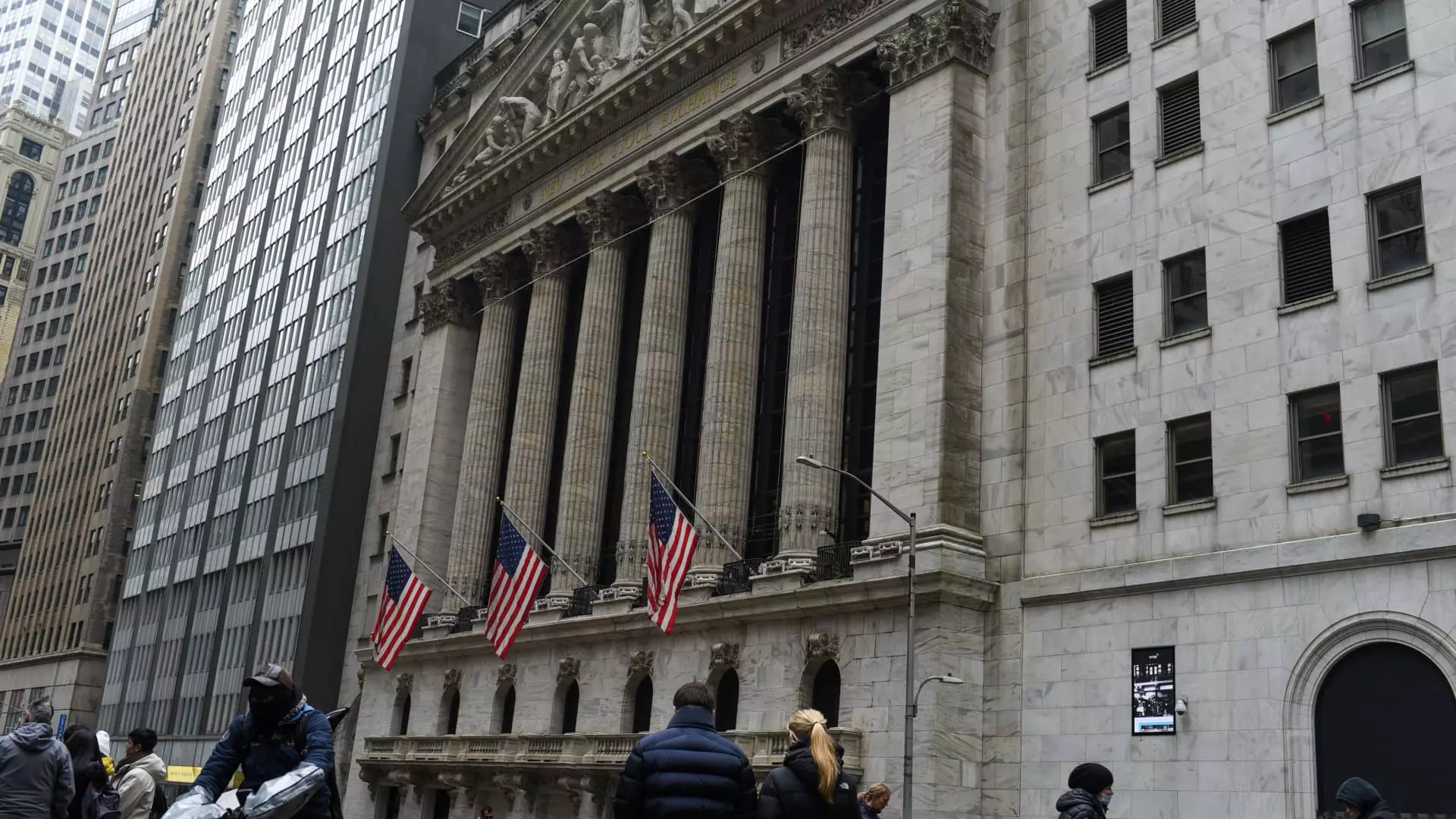The stock market has become a precarious arena where traders grapple with fluctuating fortunes driven by rising inflation, economic uncertainty, and tariff debates. As seen through the recent activities of Jim Cramer’s Charitable Trust, the volatility has prompted a reevaluation of investment strategies. The decision to buy shares of Danaher and Home Depot amidst a selloff highlights a risky, yet often necessary, maneuver in a turbulent investing landscape. Traders are attempting to navigate the complexities not only of economics but of investor psychology—factors that are critically shaping their decision-making process.
The feeling of unease in the market stems from an over-reliance on optimistic earnings projections for 2025, which may have led analysts to err on the side of caution in their assessments. Most notably, Danaher Corporation, a company known for its ability to outperform expectations, is no exception to this trend. With rising concerns about the accuracy of earnings forecasts, investors find themselves questioning whether companies, including Danaher, will deliver on their promises.
A Closer Look at Danaher: Signs of Potential Recovery
Danaher, a leader in life sciences and tools, is currently under scrutiny due to recent market headwinds that have troubled its trajectory. However, analysts are beginning to recognize an opportunity in the stock’s de-risked state, prompting upgrades from firms like Stifel and Goldman Sachs. The stock’s return to a “buy” rating is a welcome development that underscores the potential for a rebound in its fortunes.
An insightful point was made regarding Danaher’s conservative guidance for its 2025 earnings, which presents a refreshing deviation from the often overly optimistic expectations that have plagued many sectors. This cautious approach stands in stark contrast with the aggressive dreams of growth countless analysts are promoting, making Danaher an intriguing case study. The bioprocessing sector is projected to gain momentum this year, providing Danaher with a much-needed lifeline in a fluctuating economy.
This sentiment is quite significant as it reflects an ongoing transition from reliance on high estimates to a more grounded approach. There is something compelling about being a company that recognizes its limits yet demonstrates a commitment to improvement. Amidst bruised expectations and inventory destocking issues, Danaher’s leadership appears to be on a transformative path. They’ve initiated a $150 million cost-savings program, expected to contribute positively to earnings per share (EPS). Here lies a critical truth of investing: sometimes companies need to hit rock bottom to introspectively realign their operations for future success.
The Dual Nature of Home Depot Shares
Turning the spotlight to Home Depot, one can’t help but acknowledge the precarious situation it finds itself in. Exhibiting a curious resilience amidst a cooling housing market, the decision to incrementally purchase shares reflects a deeper strategy focusing on long-term value rather than transient gains. While the housing sector has contracted, Home Depot has managed to maintain a certain stability that can appeal to investors seeking a refuge during economic storms.
The decision to acquire additional shares reiterates the conviction that, despite near-term struggles, Home Depot can recover as part of the broader market rebound expected in the future. Its strength lies not just in its products but also in its brand loyalty and comprehensive service offerings. Such investments are not merely speculative but rooted in an optimism that rests on to tangible fundamentals.
A reliable stance in the face of market fluctuations is especially necessary in today’s high-stakes investment arena. The investing community is at a crossroads where sentiment can tilt towards exuberance or despair at the blink of an eye. Keeping faith in a market leader like Home Depot mirrors an understanding that adaptive companies are often the last to falter in downward trends.
Strategizing in Uncertain Times: A Personal Opinion
In reflecting on these strategic investments, it’s evident that adaptability is the name of the game in today’s economic climate. Investors like Jim Cramer, through more immediate buy orders, capture opportunities in what would seem like desperate moments for many. While some might view buying during a downturn as a gamble, it’s crucial to understand the underlying potential—the essence of well-informed investing lies in both patience and foresight.
Ultimately, the current market environment demands a recalibration of investor expectations. It is vital to shift away from blind optimism towards a more measured realism. Selective investments, like those in Danaher and Home Depot, indicate a marriage of risk management and profound trust in the long-term recovery of fundamentally sound businesses. In this volatile world, the habit of questioning prevailing sentiments might just become our strongest tool for navigating future uncertainties.

